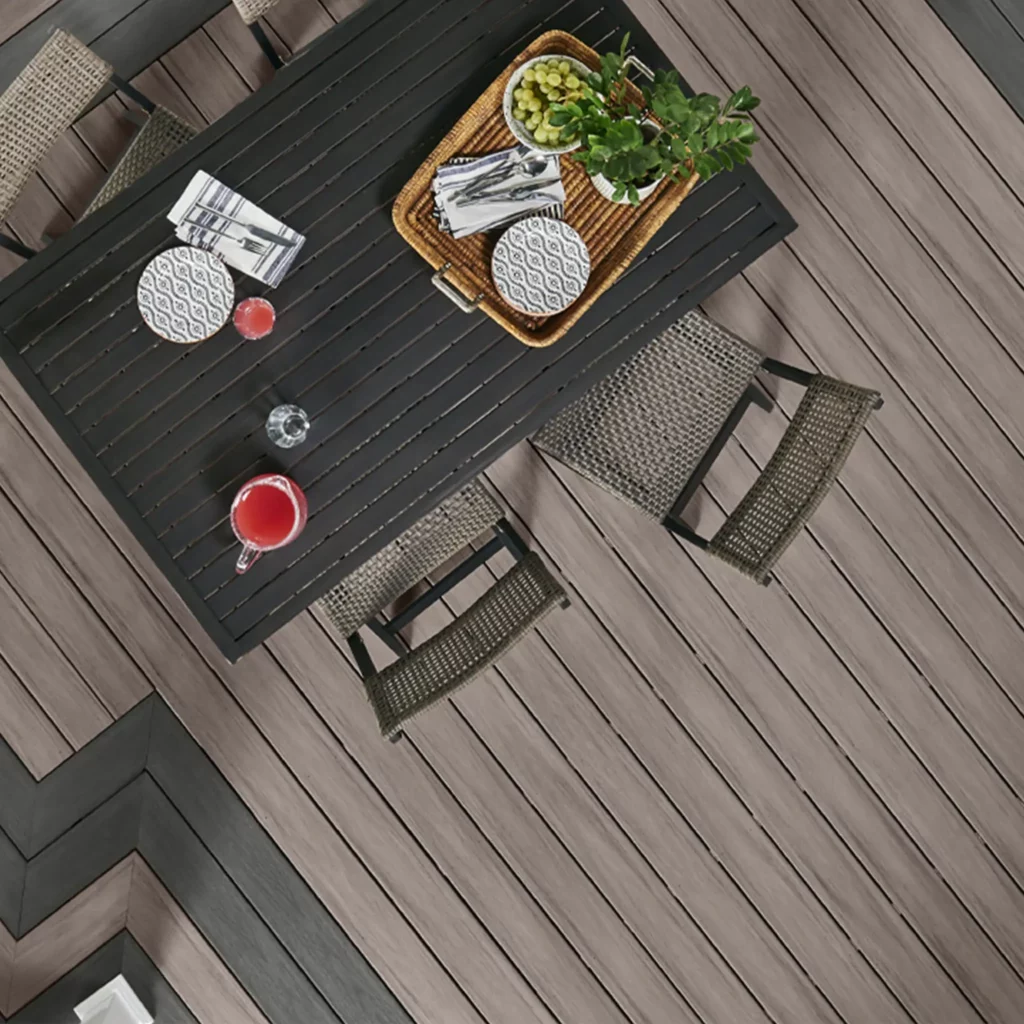As extreme weather events become more frequent, designing decks that can withstand various climate challenges has become crucial for homeowners and builders alike. A well-designed deck must balance aesthetics with durability while incorporating materials and techniques that ensure long-term resilience. In this comprehensive guide, we’ll explore the various aspects of climate-resilient decking and how to create weather-ready outdoor spaces.
The evolution of decking materials has led to innovative solutions that offer superior weather resistance. Composite decking, made from recycled plastic and reclaimed wood, provides exceptional durability while maintaining an attractive appearance. These materials can last twice as long as traditional wood and require minimal maintenance without harsh chemicals. They are particularly advantageous for homeowners looking to reduce maintenance efforts while enjoying a beautiful deck.
On the other hand, TIVA Building Products offers a range of climate-resilient PVC decking options that are designed to withstand various weather conditions and environmental factors. TIVA uses advanced carbon nanotechnology in the core of their TIVADEK PVC decking boards, making TIVADEK one of the strongest and most stable PVC decking options on the market. The core is then capped with an ASA (Acrylic-styrene-acrylonitrile) layer, which is known for its heat resistance, color retention, and high outdoor weatherability. TIVADEK PVC decking is highly resistant to moisture damage, UV rays, and temperature fluctuations, providing a reliable, long-lasting solution for diverse climates.
Different climates demand different decking solutions to ensure optimal performance and longevity. In regions with high temperatures and humidity, consider the following options:
In colder climates, decks must withstand freezing temperatures and moisture infiltration. Consider the following options:

The decking industry has embraced sustainability with innovative materials and manufacturing processes. Modern composite decking incorporates up to 95% recycled content, keeping millions of pounds of plastic and wood waste out of landfills annually. These materials offer the perfect blend of environmental responsibility and performance. Fiberon decking, for example, combines durability with eco-friendliness, providing a sustainable solution without compromising quality.
Bamboo decking also offers a rapidly renewable alternative to traditional hardwoods, while reclaimed wood provides historical character with minimal environmental impact. These options combine sustainability with unique aesthetic appeal, making them attractive to homeowners seeking both beauty and environmental responsibility. By choosing sustainable decking options, homeowners can reduce their carbon footprint while enhancing their outdoor living space.
A deck’s ability to withstand extreme weather depends heavily on its structural design. Moisture management is key to maintaining a deck’s integrity over time. Proper drainage and moisture control are essential, and the following techniques can significantly extend the lifespan of a deck:
| Structural Feature | Benefit |
| Advanced drainage systems | Helps remove excess water, preventing damage. |
| Moisture-resistant hardware | Prevents water damage to structural components, ensuring stability. |
Temperature adaptation is another crucial factor. Modern decking materials are engineered to handle significant temperature fluctuations. High-quality composites and PVC products, such as Endeck PVC, are designed to minimize expansion and contraction, maintaining their shape and integrity throughout the year.
While no decking material is truly maintenance-free, modern options significantly reduce upkeep requirements. Consider the following maintenance features:
These low-maintenance options make it easier for homeowners to enjoy their outdoor space without the burden of constant upkeep.
As climate patterns continue to evolve, it becomes increasingly important to consider future weather conditions when designing a deck. Emerging technologies in decking materials and construction techniques are enhancing deck resilience. Carbon-negative composites and advanced UV protection systems represent the cutting edge of sustainable deck design, helping homeowners protect their investment and the environment.
Incorporating smart design elements such as proper ventilation, strategic drainage, and climate-appropriate materials helps ensure your deck remains beautiful and functional for decades to come. Adding features like pergolas or pavilions can provide additional protection from the elements while enhancing the overall outdoor experience. By carefully considering these factors, homeowners can create a deck that not only looks great but also stands up to the challenges of an evolving climate.
Choosing the right decking material requires a careful evaluation of your specific climate challenges, maintenance preferences, and environmental values. By considering these factors, you can create an outdoor space that is both beautiful and durable. Composite and PVC decking materials provide numerous benefits, including enhanced durability, sustainability, and superior weather resistance, making them excellent choices for a climate-resilient outdoor space that will endure for many years.
Recent Posts